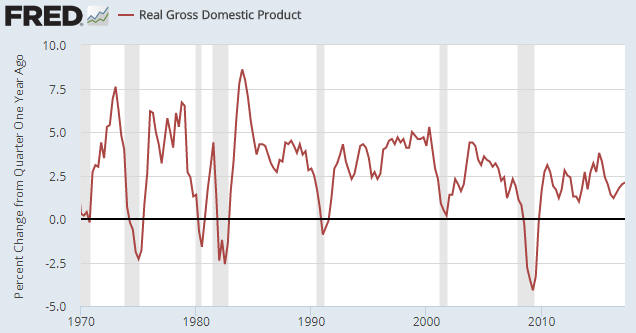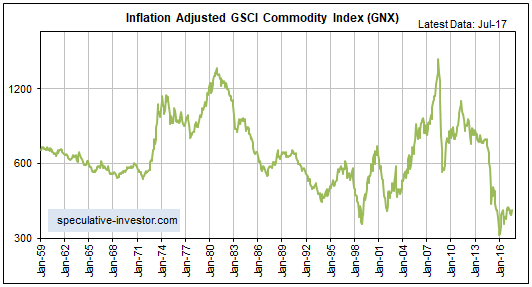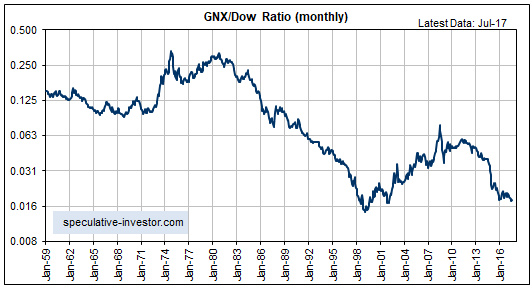Everyone is familiar with the term “interest rate”, but most people don’t understand what the term means. Unless you understand what the term means, you won’t fully understand why the central bank’s ‘management’ of interest rates damages the economy.
To understand what the interest rate is, it helps to understand what it isn’t. It isn’t the price of money. The price of money is what money buys, which can be different in every transaction. For example, if an apple is priced at $1, a new car is priced at $30,000 and a dental checkup is priced at $100, then the price of a dollar can be said to be 1 apple or 1/30000th of a car or 1/100th of a dental checkup.
The interest rate is the price paid by a borrower for a temporary increase in his purchasing power, or, looking at it from a different angle, the price received by a lender in consideration for temporarily giving up some of his purchasing power. This price will naturally take into account the risk that the borrower will be unable to make full repayment (credit risk) and the risk that money will be worth less in the future than it is at the time the loan is made (inflation risk). However, even if there were no credit or inflation risk to consider the interest rate would still be positive. The reason is that a unit of money in the hand today will always be worth more than a promise to pay a unit of the same money in the future.
This means that as well as being determined by the risk of default and the risk of inflation, the interest rate in any transaction will be determined by the time preferences of the borrower and lender. Someone with a strong desire to consume in the present has a high time preference. It’s likely that if this person has insufficient money to satisfy his immediate desire to consume then he will be willing to pay a high rate of interest to temporarily increase his purchasing power. Alternatively, it’s likely that someone whose desire to consume in the present is low relative to the amount of cash he has on hand will be willing to lend money to the right borrower at a relatively low rate of interest.
In any given transaction the credit risk component of the overall interest rate will end up being part of the lender’s real return if the borrower doesn’t default, but if credit risk is priced correctly then over a large number of transactions the amount received to compensate for this risk will be offset by actual borrower default. For example, if the risk of borrower default is correctly priced at 5%/year, then over a large number of transactions enough borrowers will default to impose a cost on the lender of 5%/year. Therefore, the time component of the interest rate is the same as the expected real return to the lender.
The implication is that on an economy-wide basis the real interest rate should be determined by the average of people’s time preferences.
To further explain, when the quantity of real savings is high relative to the general desire to consume in the present, the average time preference is low and the real interest rate SHOULD be low. Entrepreneurs and other businessmen will respond to this interest-rate signal by embarking on long-term projects that assume a future increase in consumer spending (high savings in the present implies higher consumer spending in the future). Capital equipment will be purchased, office buildings and shopping malls will be built, etc. When the quantity of real savings is low and people throughout the economy are consuming with abandon, the average time preference is high and the real interest rate SHOULD be high. Entrepreneurs and other businessmen will respond to this interest-rate signal by holding-off on new long-term projects. Although they won’t look at it in these terms, in effect they are being told, by the way the market is pricing time, that the future level of consumer spending will be insufficient to support certain investments.
The word “should” is capitalised in the previous paragraph because in the real world there exists a gremlin with the power to distort the interest rate. The gremlin is constantly tinkering with the interest rate, the result being that this vital price signal is always misleading to some degree. In fact, thanks to the mischievous acts of this gremlin the interest-rate signal is occasionally the opposite of what it should be.
Of particular relevance, due to the gremlin’s preference for distorting the interest rate in a downward direction the real interest rate is sometimes low during periods when the quantity of savings is low and the majority of people are spending like crazy, that is, when the average time preference is high. The result is that entrepreneurs and other businessmen throughout the economy embark on long-term projects that have no hope of being profitable. Individuals will naturally make mistakes, but for a large proportion of the population to make the same investing error the interest-rate signal must be wrong.
No prize for guessing the identity of the gremlin.
 Print This Post
Print This Post



